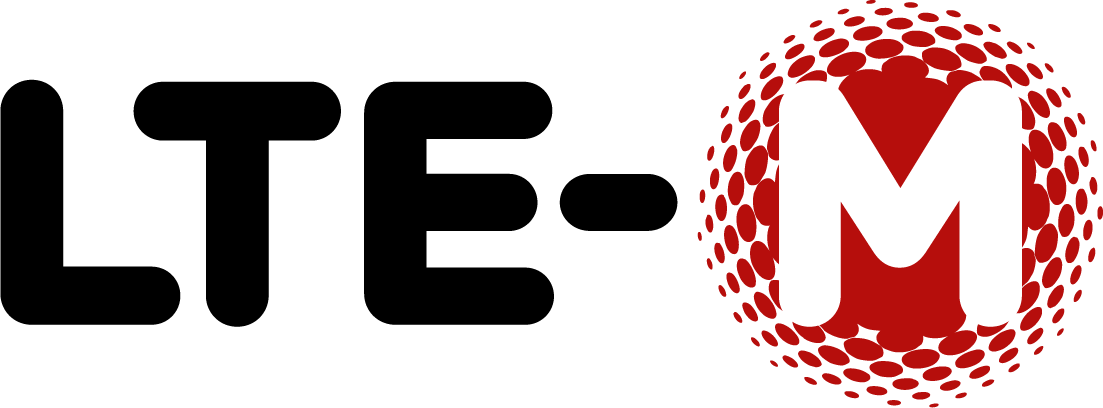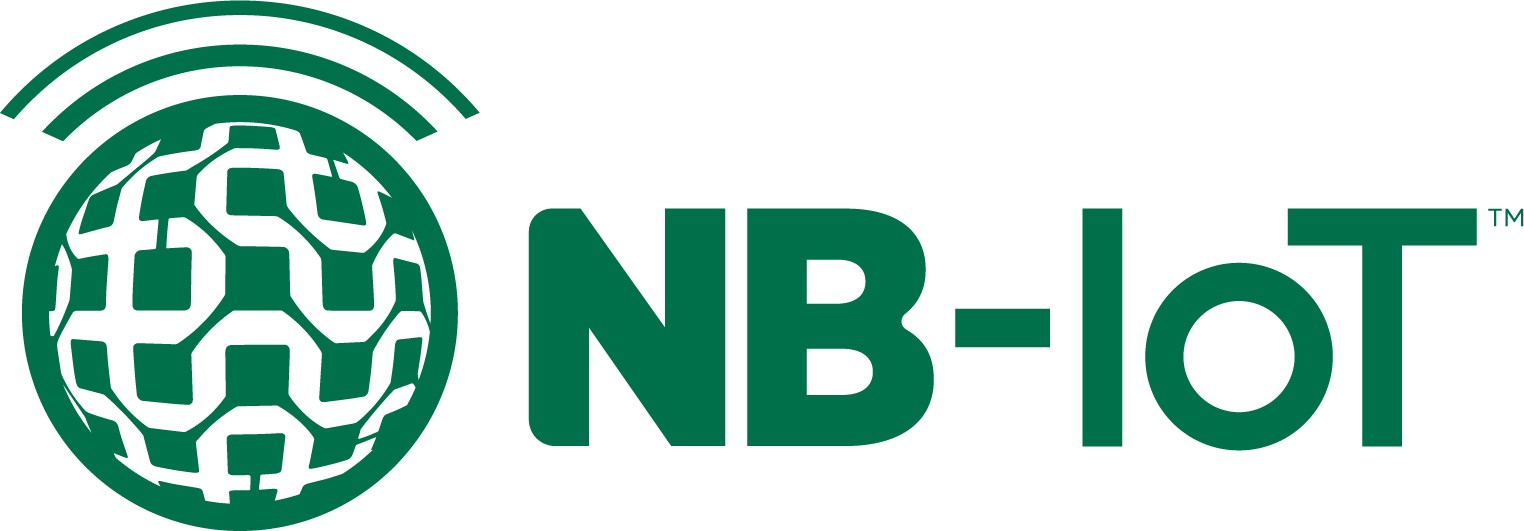Remote IoT sensor updates
Comfort and air quality in schools
Comfort and air quality in schools

A municipality with 35,000 inhabitants wishes to ensure the ambient comfort (temperature and humidity) and good indoor air quality of its schools. The aim is to guarantee a pleasant working environment for pupils, teachers, and mayoral staff, in which their health is protected.
In addition, thanks to this solution, the town hall would like to be able to benefit from a concrete indication of the evolution of the humidity level in the various buildings that make up the schools in its municipality. The objective is to be alerted as soon as the level exceeds the standards in order to act quickly to preserve the building concerned.
The analysis of these different data, coupled with the data collected on the heating and ventilation equipment, will make it possible to improve the settings of the collective heating and ventilation equipment according to the actual use of the building.
Type of buildings:
To meet this need, the town council turned to an IoT solution in order to have a reliable solution that was easy to install and that allowed them to have an evolution over time of the measured indicators.
The town council has installed 180 COMFORT CO2 sensors in the buildings of the 12 schools in its municipality. These sensors regularly measure CO2 levels, temperature level and humidity levels.
The sensors have been placed in each classroom, in the refectory, as well as in corridors, offices, staircases, etc (mixing the north/south orientation and the floors makes it possible to take into account potential hydraulic disequilibrium, wind, insulation, etc., in order to obtain a representative overview of the different environmental conditions in the entire building).
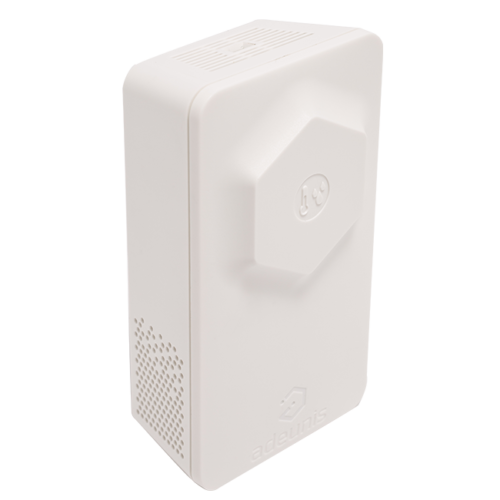
After several months of use and observation, the town council wishes to modify certain parameters of these sensors. To do so, they use the KARE+ function of their Adeunis sensors, allowing them to load a new custom configuration quickly and remotely on all the sensors of a site.
The advantages of this solution:
The person in charge of the solution at the town hall went to the first school to carry out this configuration update. No need to go inside the buildings, no need to physically intervene on the products, only a few minutes are necessary. He positions himself at the location that seems to be the most central to the location of the sensors and starts the KARE+ application to launch his new configuration. Without having to go anywhere, he reaches all the sensors in the school and updates their settings. He then simply repeats the operation in the other two schools.
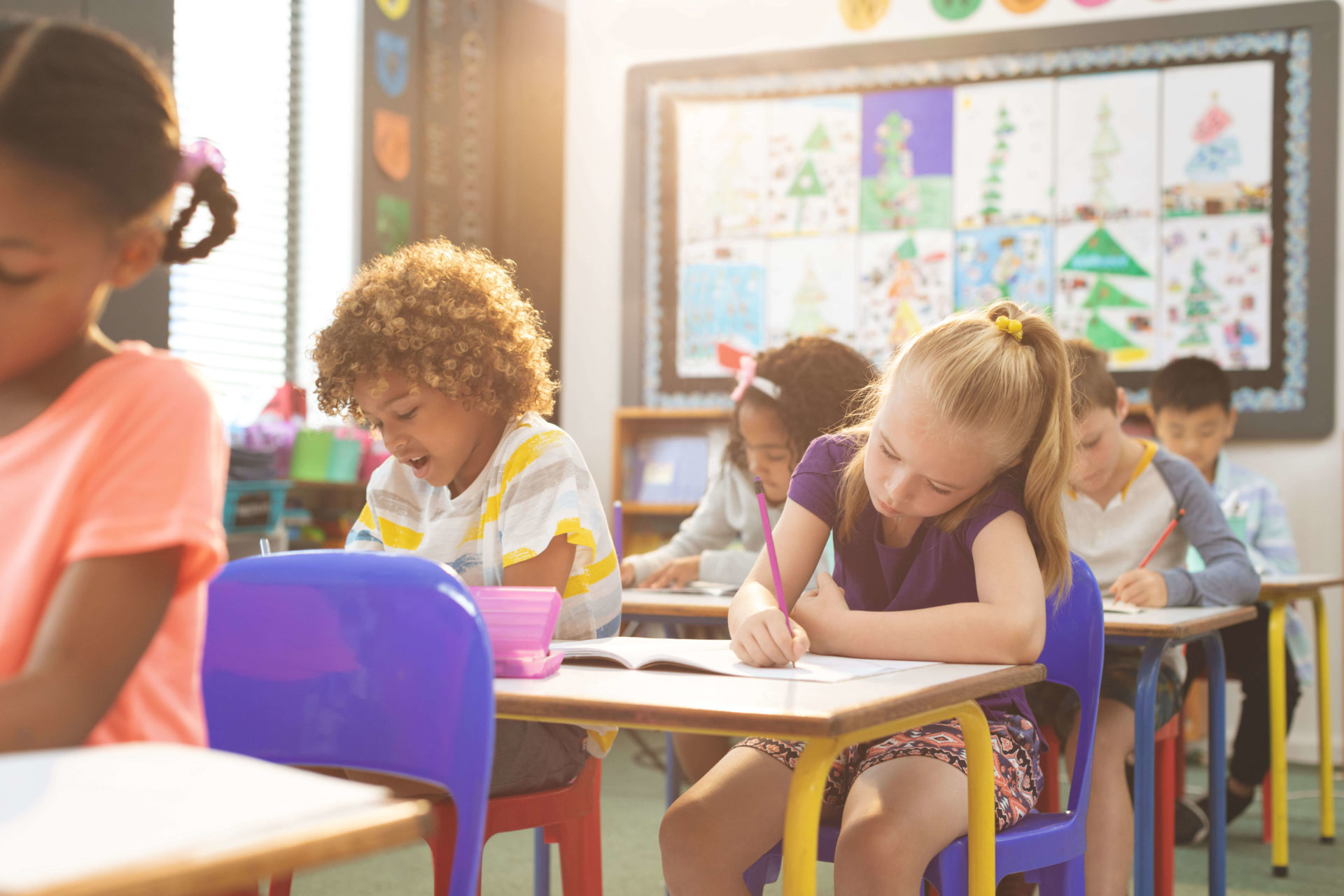
Regulatory monitoring of indoor air quality in public buildings will change in 2023
Legal context
The obligation of periodic monitoring of indoor air quality in certain establishments open to the public was introduced in the Grenelle II law in 2010.
Decree no. 2015-1000 of 17 August 2015 set the following application deadlines:
New on 1 January 2023:
From now on, the obligation to monitor air quality includes:
Moreover, the decree n° 2022-1690 specifies the modalities of verification of the indoor air quality.
In order to complete this regulation, starting 1 January 2025, other establishments open to the public (ERP) should be concerned by this law, namely: social and medico-social structures or juvenile hall.
Discover other uses of IoT sensors to connect all your projects
09/03/2023
expertise to support you, from the diagnosis to the implementation of your solution
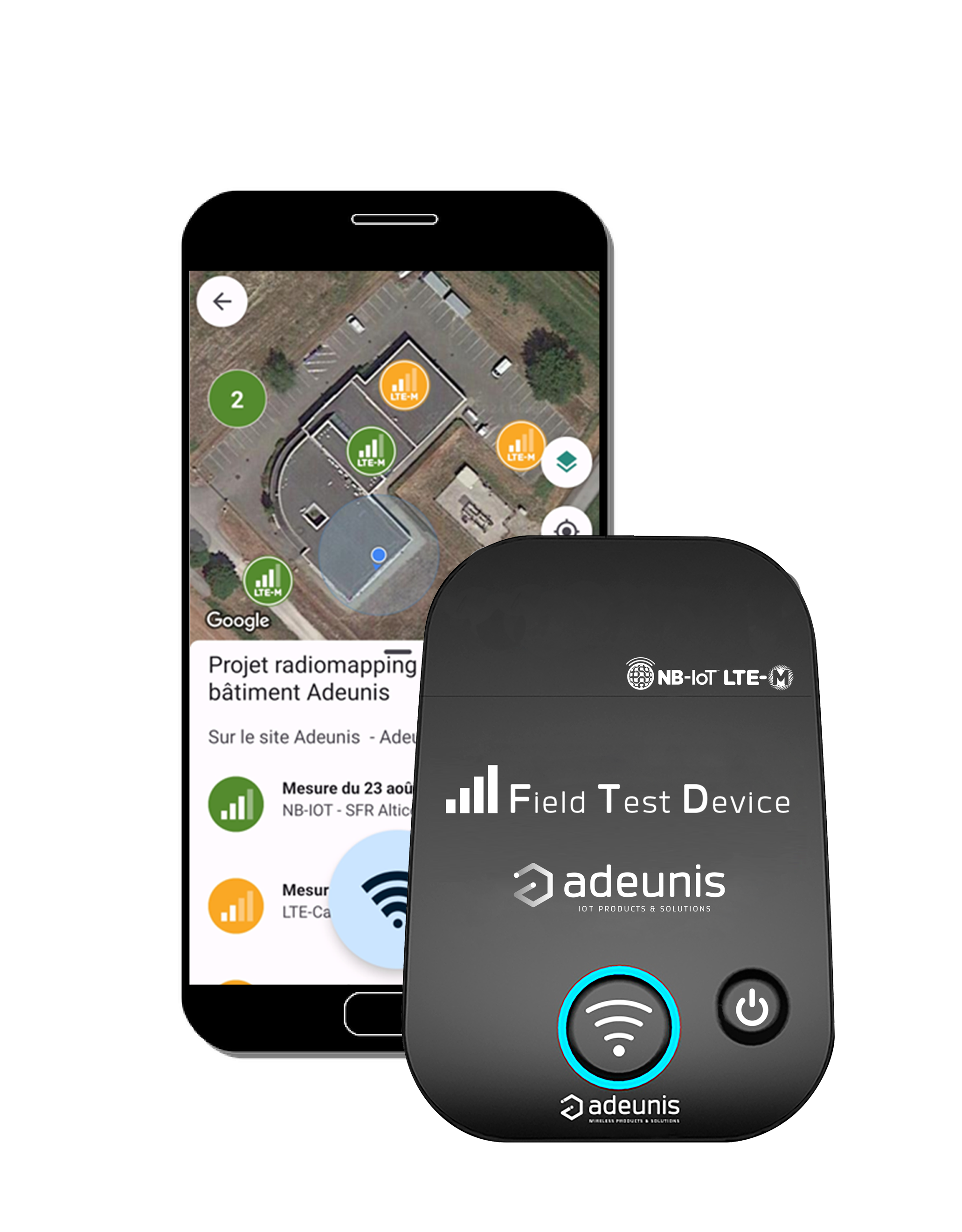
A new Field Test Device specially dedicated to NB-IoT and LTE-M networks will soon be added to the Adeunis product range!
